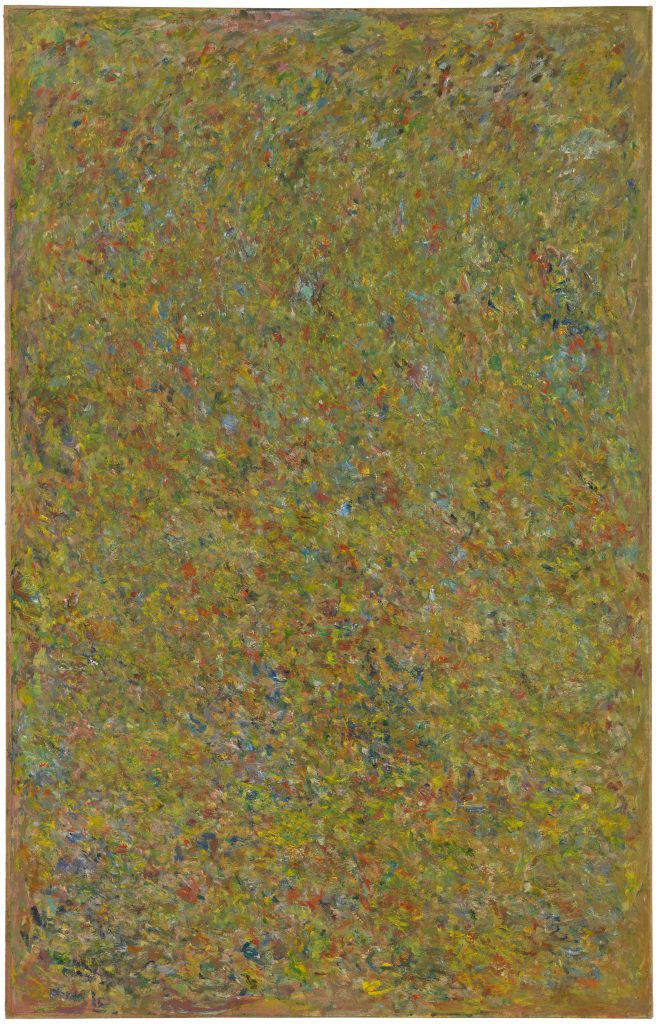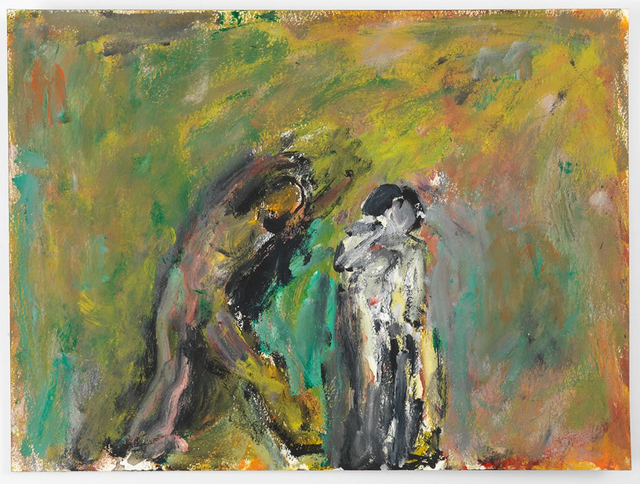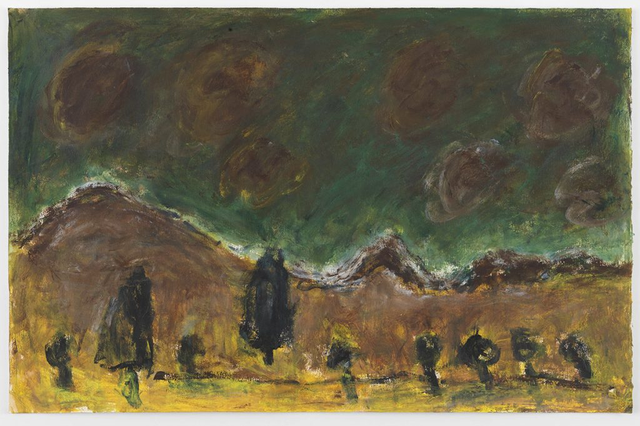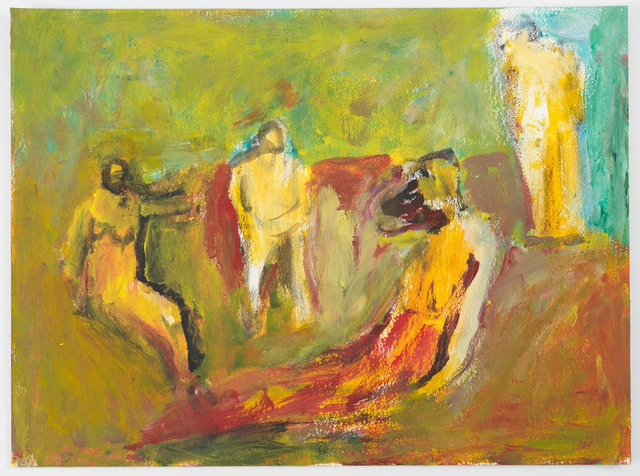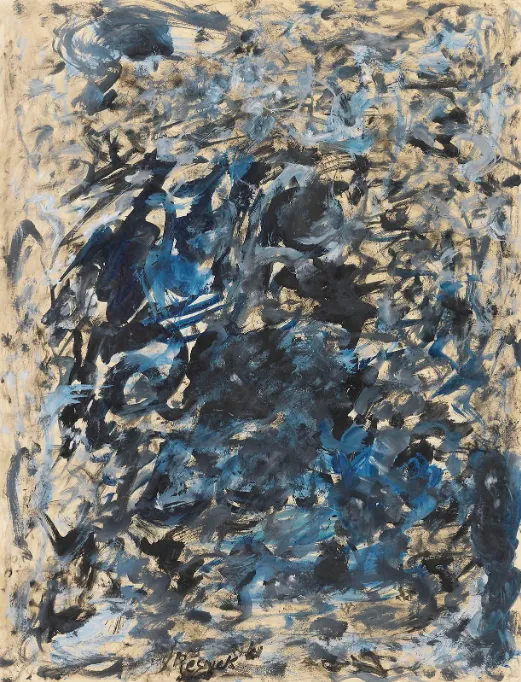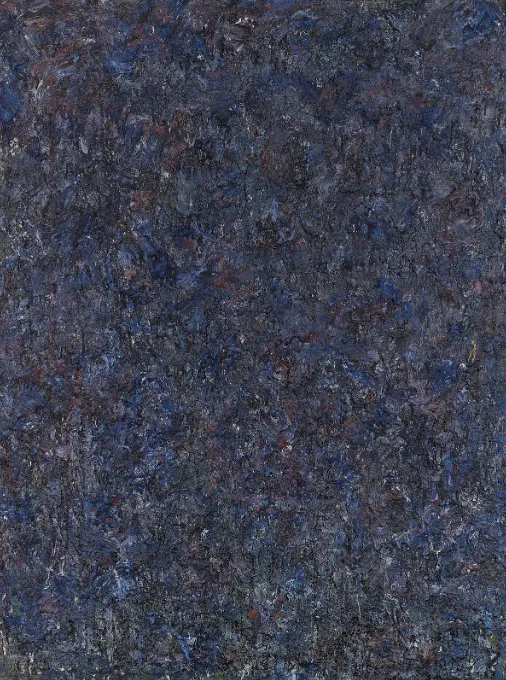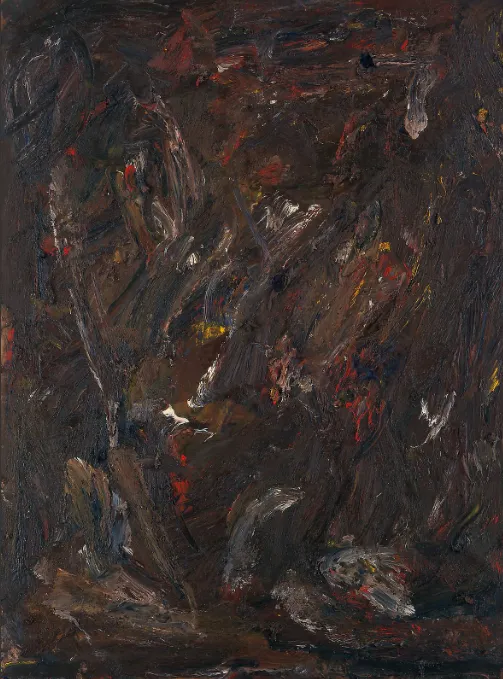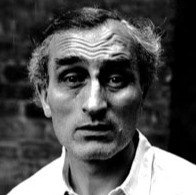
Milton Resnick
While his initial works adhered to the principles of Abstract Expressionism, Milton Resnick eventually surpassed conventional ideas associated with the genre. His evolution from overtly Abstract Expressionist styles to the intricate and heavily textured monochromatic canvases in his later years emerged from a deep dive into the materiality of paint, leading to the dissolution of form and 'image.'
Biography of Milton Resnick
Milton Resnick, born in 1917 in Bratslav, Ukraine, was an American artist renowned for his abstract paintings characterized by a combination of scale and density of incident. His artistic journey began when his family immigrated to America in 1922, settling in Brooklyn, where Resnick spent his formative years.
Defying his father's wishes, Resnick ventured into the world of art at the age of seventeen. To sustain himself, he resorted to unconventional means such as selling his blood, modeling, and working as an elevator boy at the American Artists School in exchange for tuition.
In 1938, Resnick crossed paths with Willem de Kooning, and in 1939, he enrolled in the Federal Art Project of the WPA. Drafted into the army in 1940, Resnick served in various locations, including Iceland, Normandy, Northern Europe, and the Rhineland. Discharged in 1945 at the age of twenty-eight, he spent two years painting in Paris (1946-1948), where he formed connections with artists like Wols, Giacometti, Gruber, and dealers Katia Granoff and Pierre Loeb.
A pivotal figure in the Abstract Expressionist movement, Resnick was a founding member of 'The Club' in 1949, a gathering place for luminaries like Dylan Thomas, Hannah Arendt, John Cage, and others. In 1951, he participated in the 9th Street Art Exhibition, marking a significant moment in his career.
Throughout the late 1950s and early 1960s, Resnick's public reputation soared. In 1971, Resnick received recognition through a major exhibition at the Fort Worth Art Center Museum, featuring works from 1958 to 1970. In 1976, he purchased a synagogue on the lower East Side of Manhattan, where he lived and worked until his passing in 2004.
Years:
Born in 1917
Country:
Ukraine, Bratslav
Gallery:
